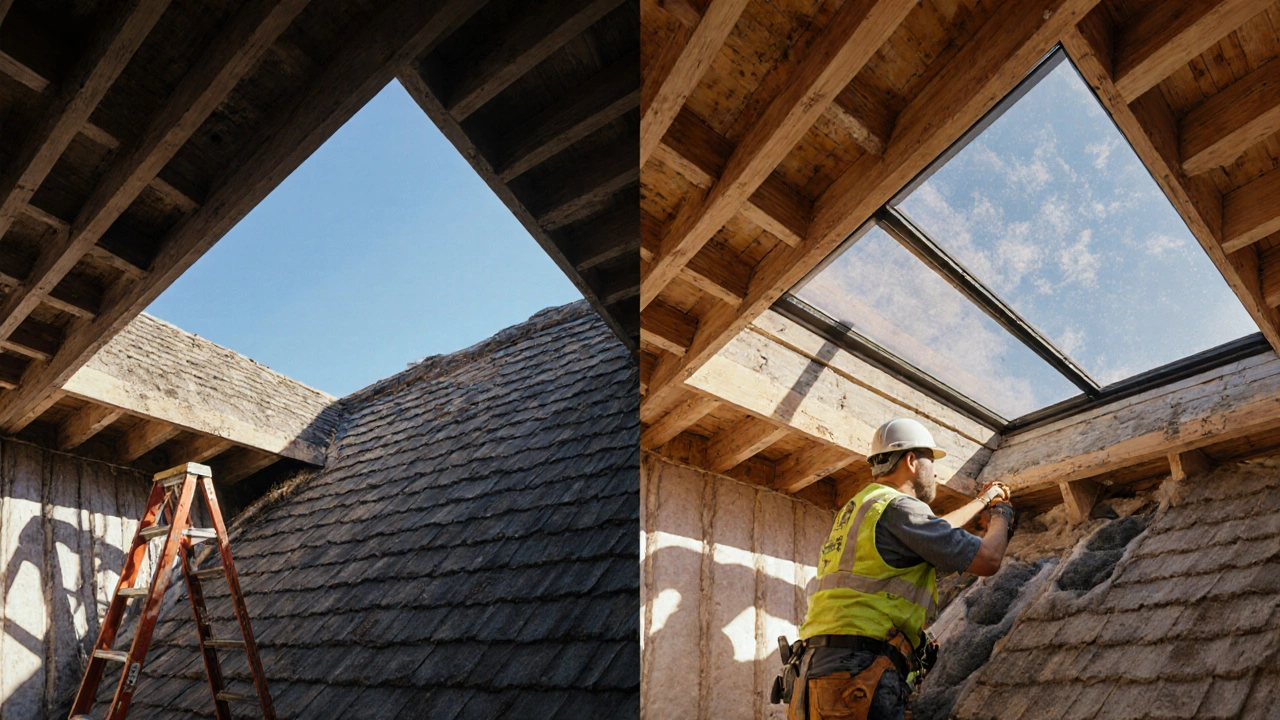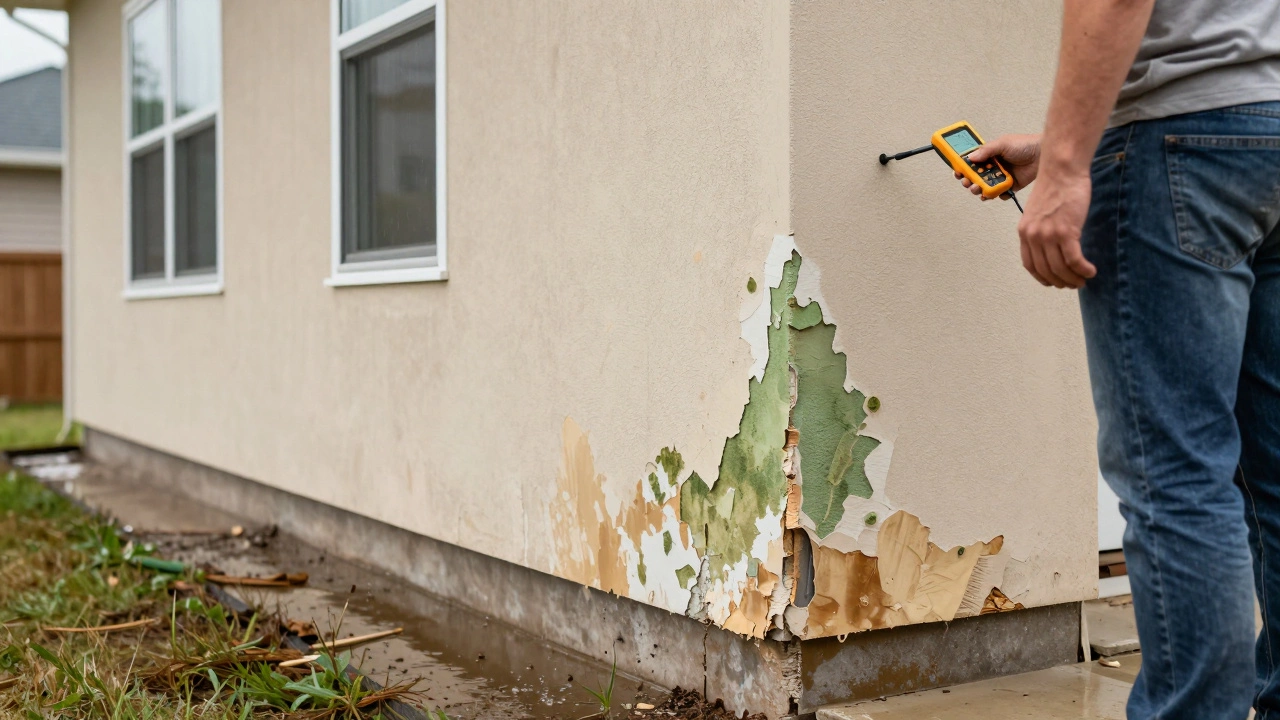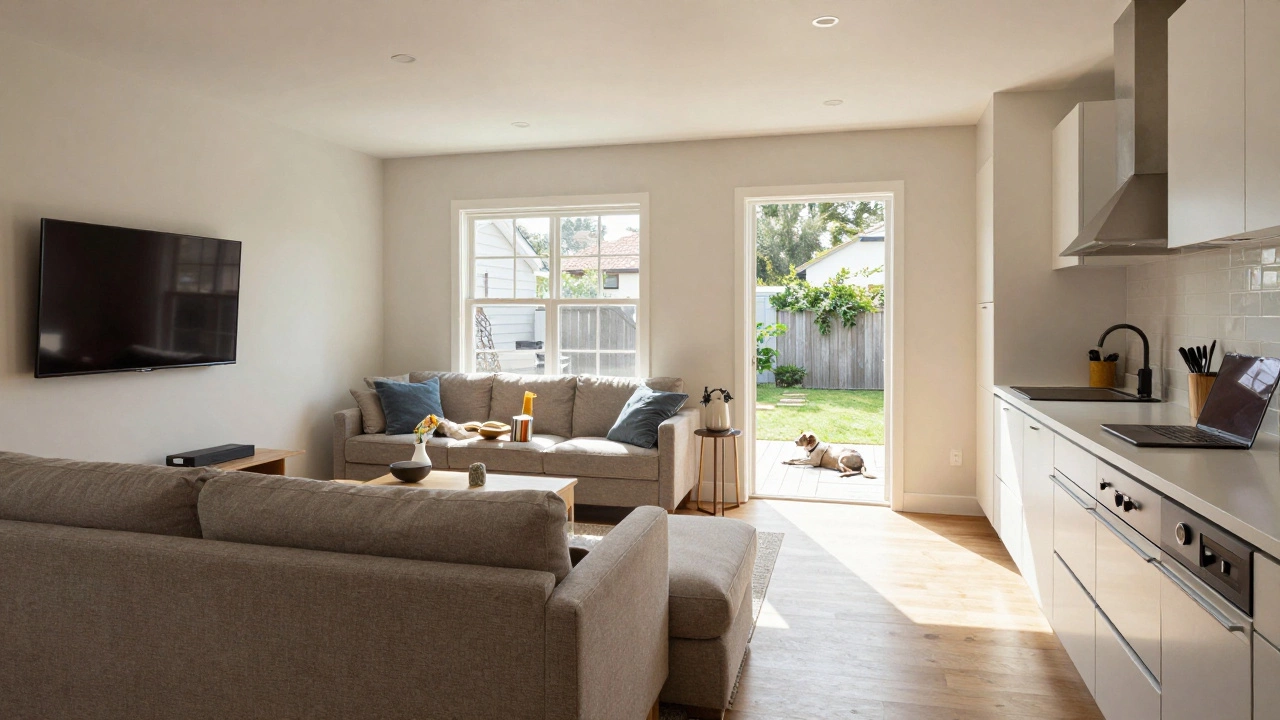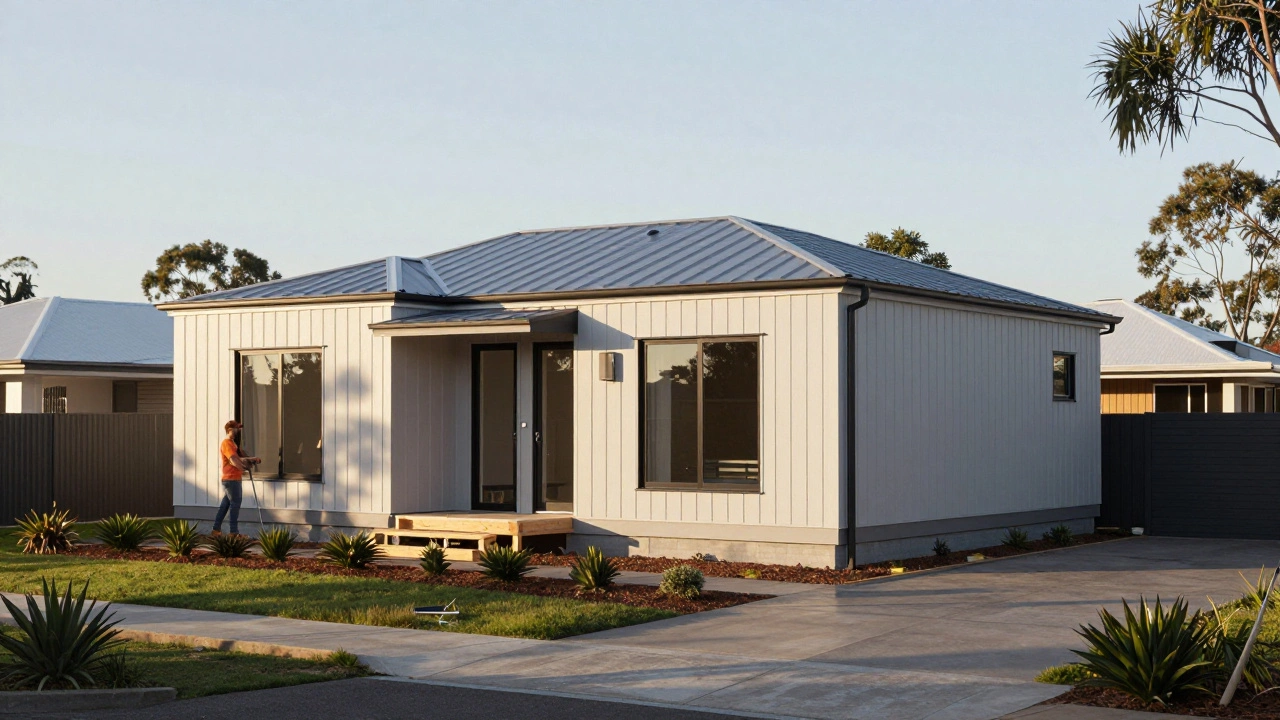Loft Conversion Budgeting
When working with Loft conversion budgeting, the process of estimating, planning, and controlling costs while turning an attic into usable space. Also known as attic conversion budgeting, it helps homeowners avoid surprise expenses. A solid budget starts with a clear Construction budgeting, the broader practice of estimating and managing costs for any building project. Knowing how much you can spend on insulation, flooring, and staircases lets you set realistic expectations before the first nail is hammered.
Key Factors for a Successful Loft Conversion Budget
Planning permission, the legal approval required from local authorities before altering a building’s structure is the first gatekeeper. Without it, you risk costly re‑work or even having to undo finished work. Structural assessment, a professional evaluation of load‑bearing capacity and roof integrity follows, because the attic’s framing must safely support new floors and furniture. These two steps directly shape the scope of work, which in turn drives material choices, labor hours, and ultimately the total spend.
Effective budgeting also means breaking costs into clear categories: design fees, permits, demolition, structural reinforcement, insulation, finishes, and contingency. A typical contingency sits at 10‑15 % of the estimated total to cover unexpected hurdles like hidden wiring or damp patches. Loft conversion budgeting should treat each line item as a decision point—choose between spray‑foam or rigid board insulation, reclaimed timber or engineered joists, based on performance and price. The right trade‑off can shave thousands off the final bill without sacrificing quality.
Financing options are another lever. Some homeowners tap into home‑equity loans, others spread costs with a specialist renovation credit. The choice influences cash flow and may affect the timeline; a smoother financing route often allows you to lock in trades at better rates. Remember that interest costs become part of the total project expense, so compare APRs and repayment terms before signing.
Finally, monitoring the budget throughout the build is crucial. Regular updates from your contractor, receipts for ordered materials, and a simple spreadsheet can reveal overruns early. If a line item climbs, adjust elsewhere—perhaps opt for a more affordable paint finish or delay non‑essential lighting upgrades. This dynamic approach keeps the project on track and lets you enjoy the finished loft without financial regrets.
Below you’ll find a curated selection of articles that walk you through each step, from budgeting basics to advanced cost‑saving tricks, so you can plan a loft conversion that fits both your dream and your wallet.






